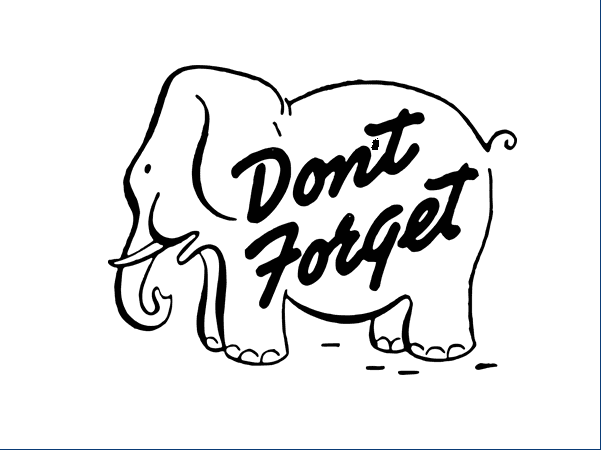Introduction: Gena Philibert-Ortega is a genealogist and author of the book “From the Family Kitchen.” In this blog article, Gena settles on one New Year’s genealogy resolution for 2016 that she’s determined to follow.
Yikes! Where did 2015 go? I feel like another year has flown by and I’m still not where I want to be with the genealogy goals I wrote down in December 2014. I don’t know about you but I’m just not a New Year’s resolution person. Sure, I have great intentions. I feel motivated on January 1st and still fairly committed by the end of the month. But then February comes and goes and then March and I start justifying my continuing procrastination with promises that “I’ll accomplish that stuff during the summer when it’s not as busy.” Oh, sure I will. Life gets busy, stuff happens, and then pretty soon it’s December 31st again.
So if you’re like me, try sticking to just one New Year’s genealogy resolution: make a to-do list for those moments when you can say “I have an hour to work on my genealogy.” By creating a family history research to-do list you can refer back to it when you’re ready, and not feel the pressure and disappointment that will inevitably come on December 31st when you realize you never tackled a long list of New Year’s genealogy resolutions.

As I spent some time looking over my genealogy database recently I realized I could do a better job adding information from newspapers, such as those in GenealogyBank’s Historical Newspaper Archives. The following ideas from my 2016 genealogy to-do list might be some you could incorporate into your own.
Go Back and Utilize Name Variations
I’ve talked about it before and believe me, I have been guilty of not heeding my own advice. I’ve noticed that when I’ve missed newspaper articles about the person I was researching it’s often because I didn’t take into consideration name variations, misspellings, and use of initials. For example, one of the women I am researching was married twice, went by a name other than her given first name, used her first husband’s surname even when married to her second husband because that was her “professional” name, and used her initials instead of her first name! Because of all this, here are some of the name variations I have to take into consideration when searching for Eleanore G. Burdick Stetson Dederick:
- G. Stetson
- E. G. Stetson
- Louis Dederick
- Eleanore Dederick
- Ella Burdick
- Eleanore Stetson
One of the first things I do when researching an individual is create a list of name variations, including initials substituting for first and middle name, and all the possible alternative spellings of their name. I add to this list as I come across other misspellings or variations. Each time I research I use this list to guide my search. By being flexible about how you search for a person, you are more likely to find them.
Fill in Your 20th Century Blanks
It’s easy to get side tracked when looking at newspapers – let’s face it, there are some great articles that can be found about our ancestors’ lives from very long ago. But I know I need to go back and concentrate on finding some of the basics for my more recent generations. Sometimes in our quest to trace our family back as far as we can, we fail to gather information on those family members that may have lived in the 20th century. My plan is to gather those newspaper articles to fill in the timelines for my great-great-grandparents and successive generations.
For example, this 1954 obituary for Betty Chatham filled in some gaps in my family tree and gave me several clues for further family history research.
While it’s tempting to skip multiple generations in our quest to trace our family lines farther back, don’t do it. Take some time today to document your more recent family. Their stories and lives deserve to be preserved for the future.
Try Something New
Whether it’s correct or not, we often hear statistics about how we only use a small percentage of our brains – but the same could be said for many of the tools we use. We become familiar with a few features of a software program or a website and we don’t venture beyond those features or databases.
I must admit that I am guilty of this. I get so caught up in finding historical newspaper articles in GenealogyBank that I forget to check out some of the other databases GenealogyBank has to offer, such as Historical Documents and Historical Books.
One of their databases that is a real gem is the Recent Newspaper Obituaries collection. At first glance you may assume you wouldn’t need obituaries from the late 1970s to today – but that would be a mistake. While the majority of our work as genealogists concentrates on those who lived generations before us, we also need to track those who died more recently, and their immediate families. That’s how we make connections with cousins and ultimately uncover new information. As I explored this collection of more recent obituaries, I came across the obituary of a cousin that listed his children. These were family members that we had lost contact with decades ago and now, because of that one obituary, I have names and residences that I can use to contact them.
Take some time today to brainstorm your 2016 genealogy to-do list. What would you like to know more about your family before 31 December 2016 rolls around?
Related Article:
